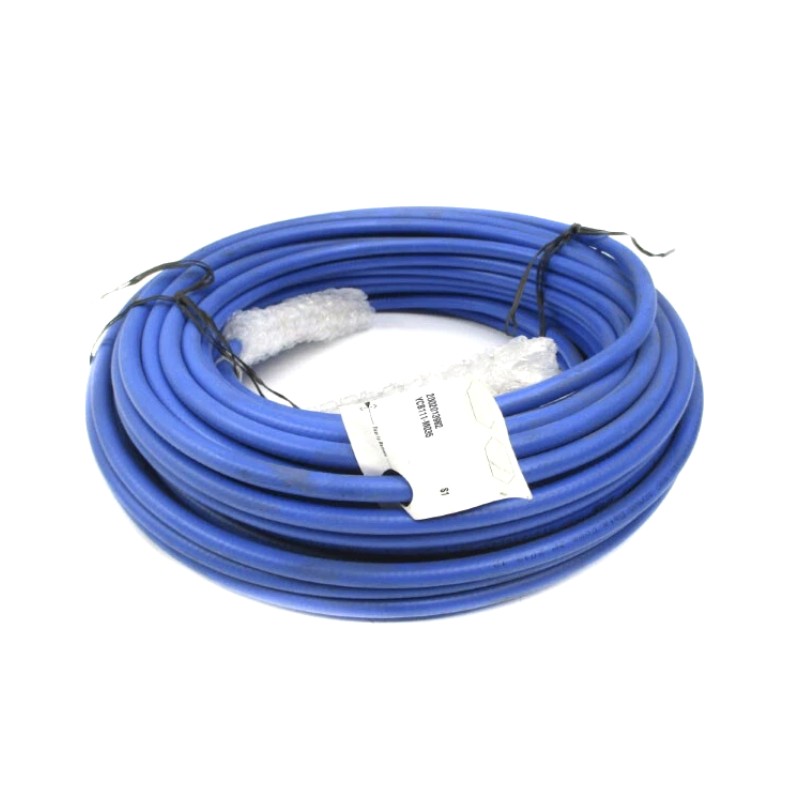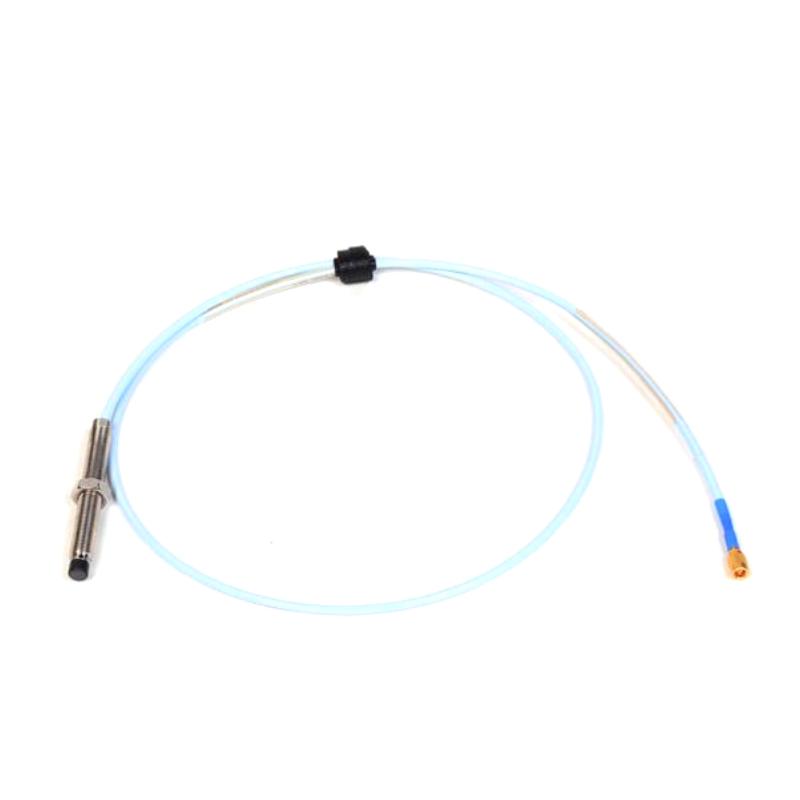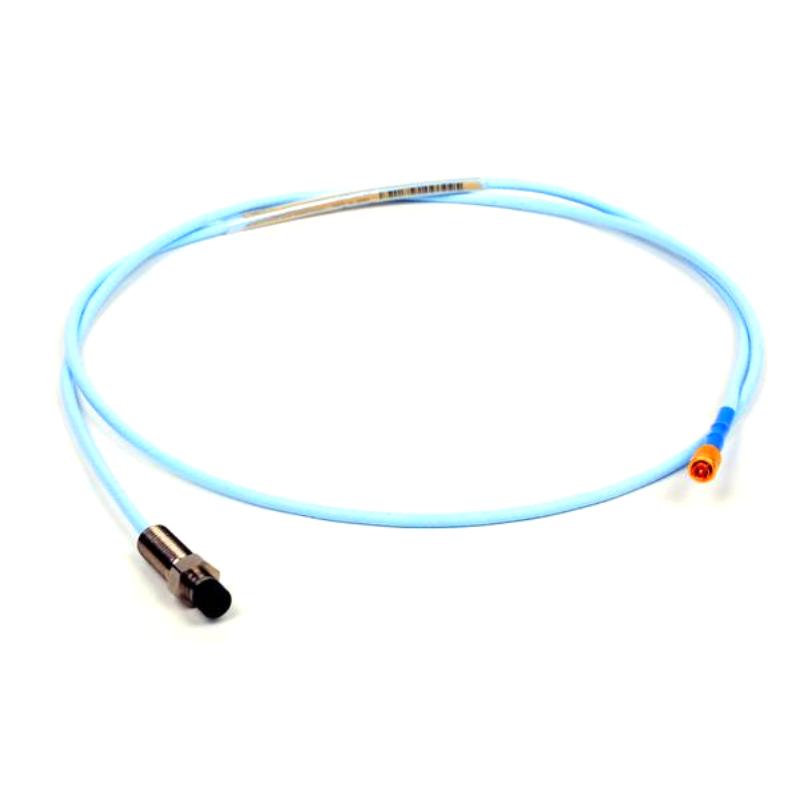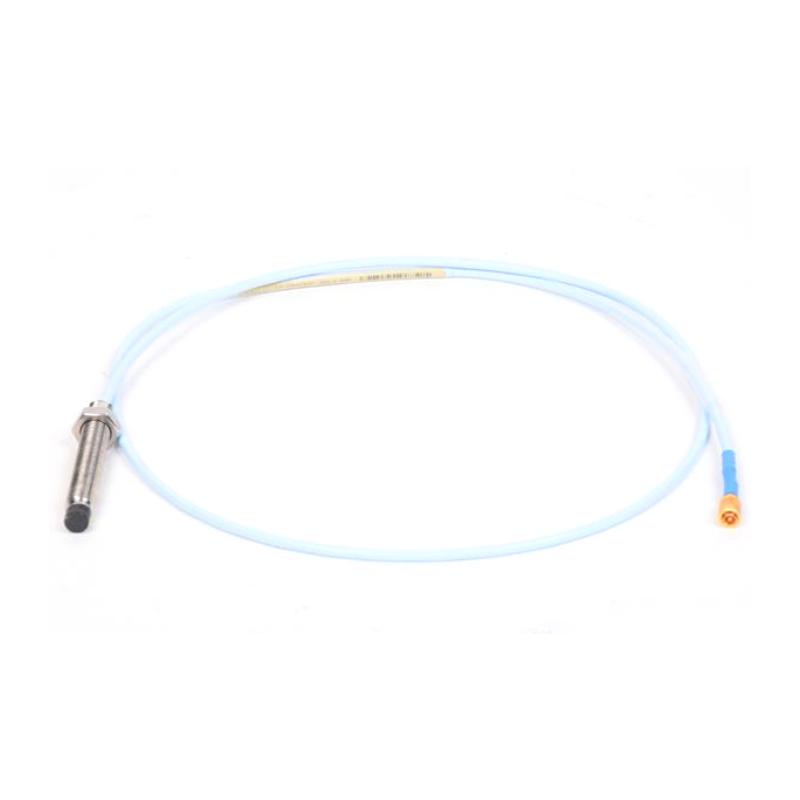Frequently Asked Questions (FAQ)
Q1: What is the typical lifespan of the Bentley Nevada 330101-00-59-15-02-05 sensor?
A1: The 330101-00-59-15-02-05 sensor is designed for a long operational life, often exceeding 10 years with proper installation and maintenance.
Q2: Can this sensor be used in hazardous environments?
A2: Yes, the 330101-00-59-15-02-05 is built to withstand harsh environments and has an IP67 rating, making it dustproof and waterproof for use in various industrial applications, including hazardous areas.
Q3: Does this sensor offer wireless connectivity?
A3: No, the 330101-00-59-15-02-05 operates through wired connections, typically through Modbus or HART communication protocols.
Q4: Can this sensor detect low-frequency vibrations?
A4: Yes, it has a frequency range of 10 Hz to 10 kHz, making it capable of detecting low-frequency vibrations in rotating equipment.
Q5: How is the Bentley Nevada 330101-00-59-15-02-05 installed?
A5: The sensor is typically mounted using a flange mount to secure it to the machinery. Installation involves connecting the power supply and communication cables to the appropriate monitoring system.
Q6: Is the sensor compatible with other Bentley Nevada sensors?
A6: Yes, it is fully compatible with other Bentley Nevada products, making it easy to integrate into an existing monitoring system for comprehensive equipment health monitoring.
Q7: What communication protocols does this sensor support?
A7: The 330101-00-59-15-02-05 supports both Modbus and HART communication protocols, allowing it to integrate with a wide range of industrial control systems.
Q8: What is the typical installation time for this sensor?
A8: Installation typically takes 30-60 minutes, depending on the existing setup and familiarity with the equipment.
Q9: Does the sensor require calibration?
A9: The 330101-00-59-15-02-05 is factory-calibrated, but periodic calibration may be necessary depending on operational conditions and industry requirements.
Q10: How does this sensor contribute to predictive maintenance?
A10: The sensor provides real-time vibration data, helping operators detect abnormal vibrations early. This allows for timely maintenance before potential failures, improving equipment reliability and reducing downtime.















